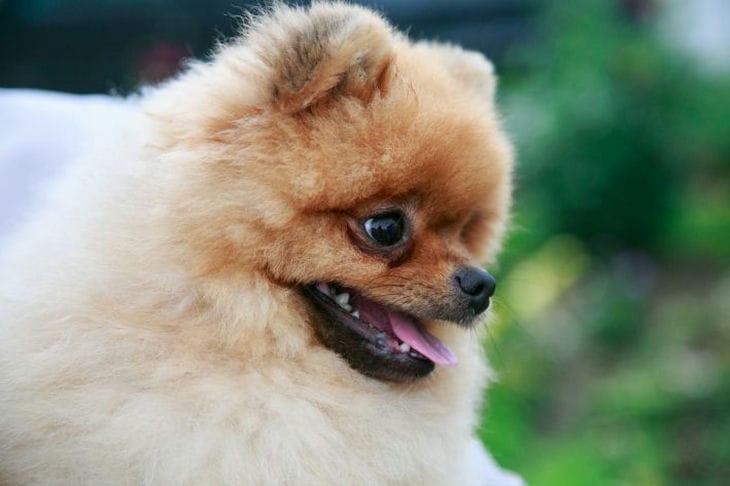How Dogs Express Happiness: Body Language and Behavior
Dogs are extraordinary creatures, capable of expressing their feelings in a variety of ways.
Understanding dog body language and behavior helps owners better interact with their pets.
Joy is one of the most vivid and easily recognizable feelings that dogs exhibit.
Wagging tail
Tail wagging is the most obvious indicator of happiness in dogs. When a dog is happy, it wags its tail vigorously and sideways.
This movement is accompanied by a general animation of the whole body. The tail can describe wide arcs or even circles, which is a clear signal of joy and excitement.

Jumping and active movements
Dogs often express joy through active movements and jumping.
When a dog sees its owner after a long absence or expects a walk, it starts jumping, running in circles or even making small jumps. Such actions indicate strong excitement and joy.
"Smile" of a dog
Many dogs can "smile", where the corners of their mouth turn up to show their front teeth.
This expression, accompanied by a relaxed tongue and a soft gaze, demonstrates friendliness and happiness. A dog's "smile" is an important element of nonverbal communication that helps owners understand their pet's mood.
Movable ears
A dog's ears can tell a lot about its mood. When a dog is happy, its ears point forward or slightly to the side.
Movable ears that respond to sounds and movements indicate interest and a positive emotional state.
Body swaying
Happy dogs often wag not only their tails, but their entire bodies. They may twitch, bend to the side, and make funny movements.
This behavior, accompanied by a slight squeal or even a quiet bark, expresses pure and sincere joy.
Light barking and squealing
Dogs can express joy through vocal signals. A light, ringing bark, accompanied by squeals, indicates excitement and happiness.
These sounds can accompany jumping and other active movements, enhancing the overall picture of joy.
Contact with the owner
Dogs that are happy seek physical contact with their owner. They may rub against their legs, lick their hands or face, or lift a paw to shake.
Such actions demonstrate affection and a desire to be close to the owner. Contact is important for dogs, as it strengthens their bond with humans.
Playing with toys
Play is an important part of expressing joy in dogs. When a dog is happy, it will often bring its favorite toys to its owner, inviting him to play.
Active play with toys, accompanied by joyful barking and tail wagging, shows that the dog feels comfortable and safe.
Joy and social behavior
Dogs are social animals that express joy through interactions with other dogs and people.
Meeting other dogs, playing together, and going for walks help to express positive emotions. Social behavior, including friendly sniffing and running, indicates that the dog is in a good mood.
Earlier we talked about cats that cannot live without people.
